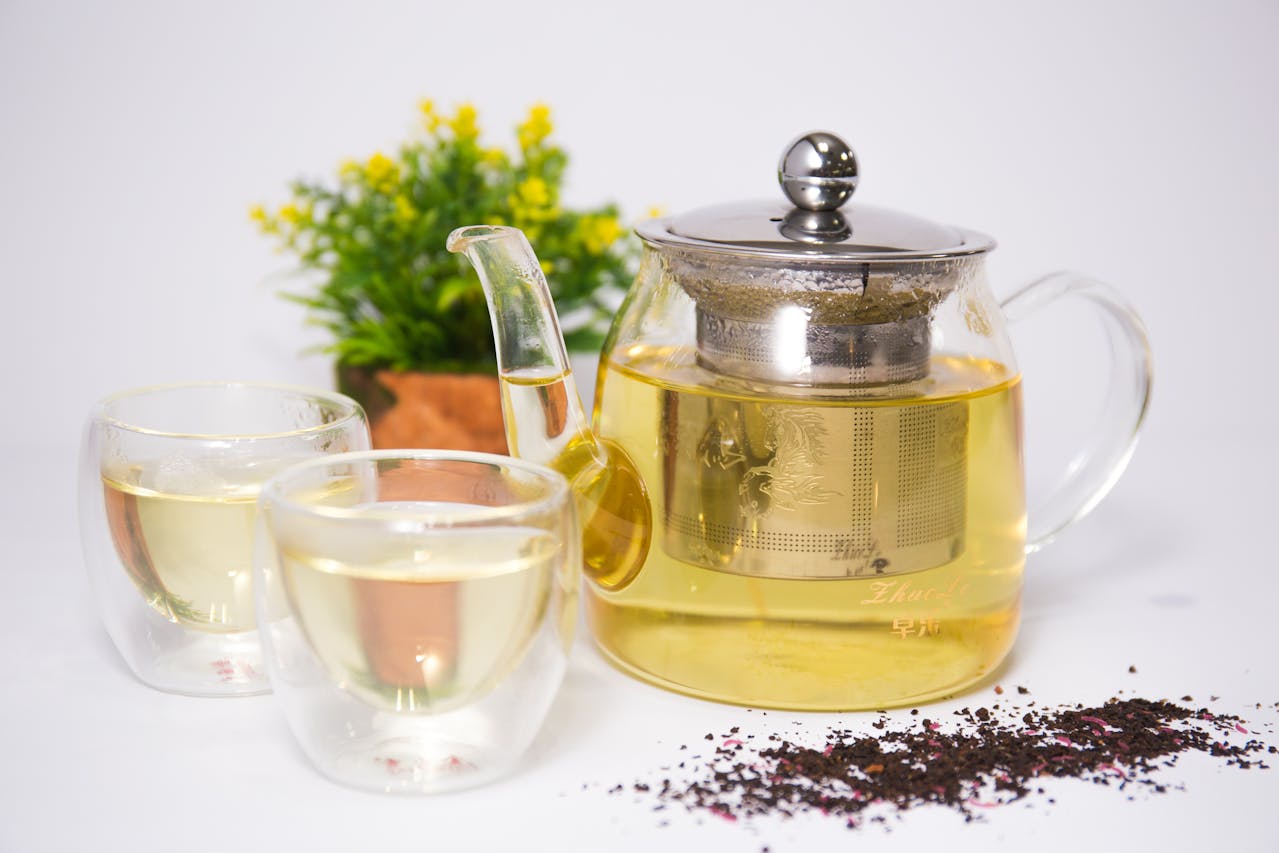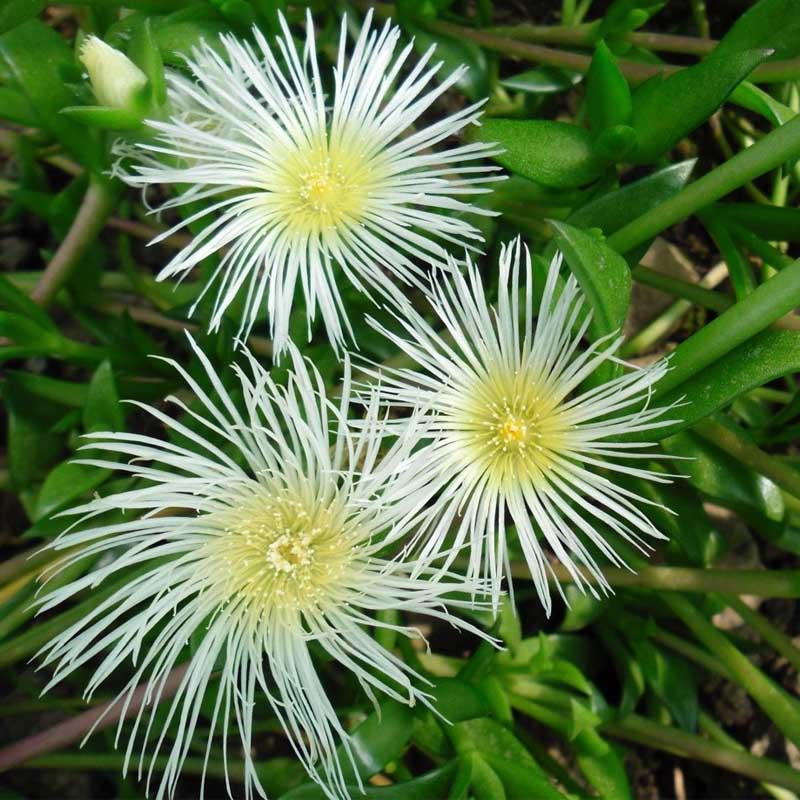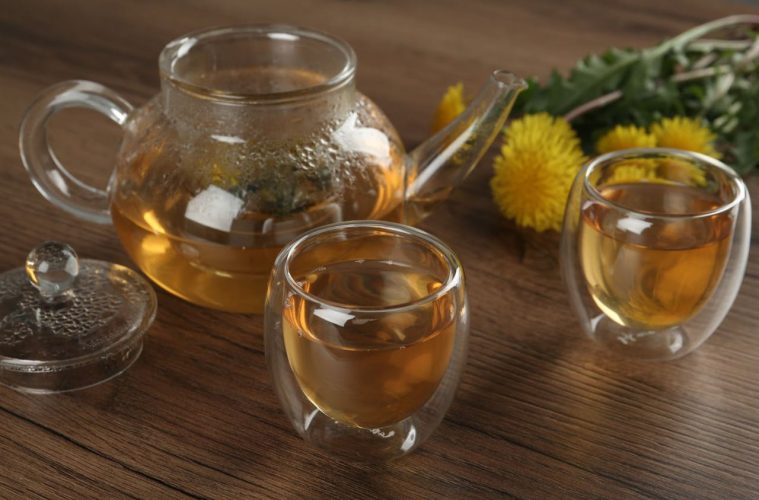Sceletium tea has gained popularity for its multiple health benefits. According to research it has ability to boost mood and to reduce anxiety. Its has been historically and traditionally used as a pain reliever. Sceletium is used commercially as essential oils, herbal teas and can also be bought as a powder.

Image credit: Pexels
A South African succulent with deep roots
This medicinal herb originally comes from the sceletium plant (Sceletium tortuosum) commonly known as kanna or kougoed. Sceletium is a succulent occurring naturally in the southern Karoo region. It has been used for centuries by the Khoisan and known for its calming and mood-elevating properties. It is a low maintenance succulent that garden enthusiasts love to have in their garden and even as an outside yard border plant.
Homegrown healing
This low maintenance plant that requires at least 6 hours of direct sunlight. It has multiple thin petals in in the shades of white, pale yellow, pale pink, or salmon. Under controlled conditions sceletium is best kept potted on a sunny windowsill in porous somewhat loamy soil. Their active growth takes place in autumn, winter and spring, with a rest period during summer when plants should not be watered. Cultivate, dry and enjoy your homegrown calming tea.

Image credit: Pexels
Sceletium is a powerful, easy-to-grow medicinal plant that doesn’t require a doctor’s prescription—just a little space in your garden. With its wide range of health benefits, from easing anxiety to regulating gut pain, and its natural ability to uplift mood and support mental clarity, Sceletium offers an accessible way to care for your well-being.
There’s something deeply rewarding about brewing your own herbal tea from leaves you’ve harvested yourself. With Sceletium in your yard, exciting times are ahead—where healing begins right at home.
ALSO SEE:
The versatile Kougoed plant: From ancient medicine to modern gardens
Image credit: Pexels

